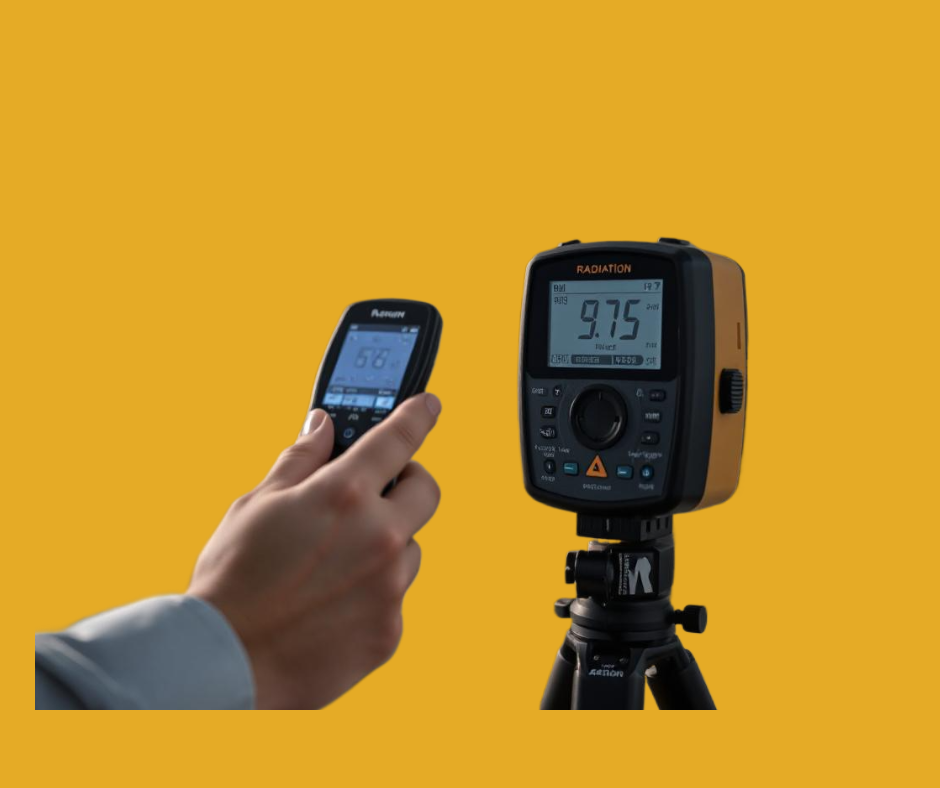X-rays play a critical role in the medical diagnosis of various health conditions, with bone fractures being among the most common. Millions of people worldwide undergo X-ray imaging for a range of reasons, thus being exposed to the radiation emitted during the procedure. Although X-rays produce ionizing radiation, the amount of radiation involved is significantly lower than that from other imaging techniques, such as computed tomography (CT) scans.
The radiation absorbed by individuals during X-ray exams is quantified as the effective radiation dose, typically measured in millisieverts (mSv). It is important to note that humans are continuously exposed to natural radiation from the environment, Natural background radiation. On average, a person receives about 3 mSv of radiation annually from natural sources, such as cosmic radiation from outer space and naturally occurring radioactive materials like radon gas. Activities such as air travel can also increase a person’s exposure to radiation, as flying at high altitudes brings them closer to the sun, resulting in a higher dose.
To help simplify the understanding of radiation exposure during X-ray procedures, the following table compares the radiation dose from various X-ray exams with the equivalent number of days of exposure to natural background radiation. These values are dependent on certain factors such as the condition of the x-ray equipment and technical factors set by the Radiology Technologist
| Procedure/X-ray | Effective Radiation dose (mSv) | Compared to exposure to natural background radiation for x # of days |
| Chest x-ray | 0.1 | 10 days |
| Lumbar spine | 1.4 | 6 months |
| Extremeties(Hand/Foot, etc) | <0.0001 | <3hours |
| Abdominal x-ray | 0.7 | 85 days |
| Skull | 0.07 | 11 days |
| Cervical spine | 0.08 | 14 days |
| Hip | 0.3 | 7 Weeks |
| Thoracic spine | 0.7 | 4 months |
| Pelvis | 0.7 | 4 months |
Links

